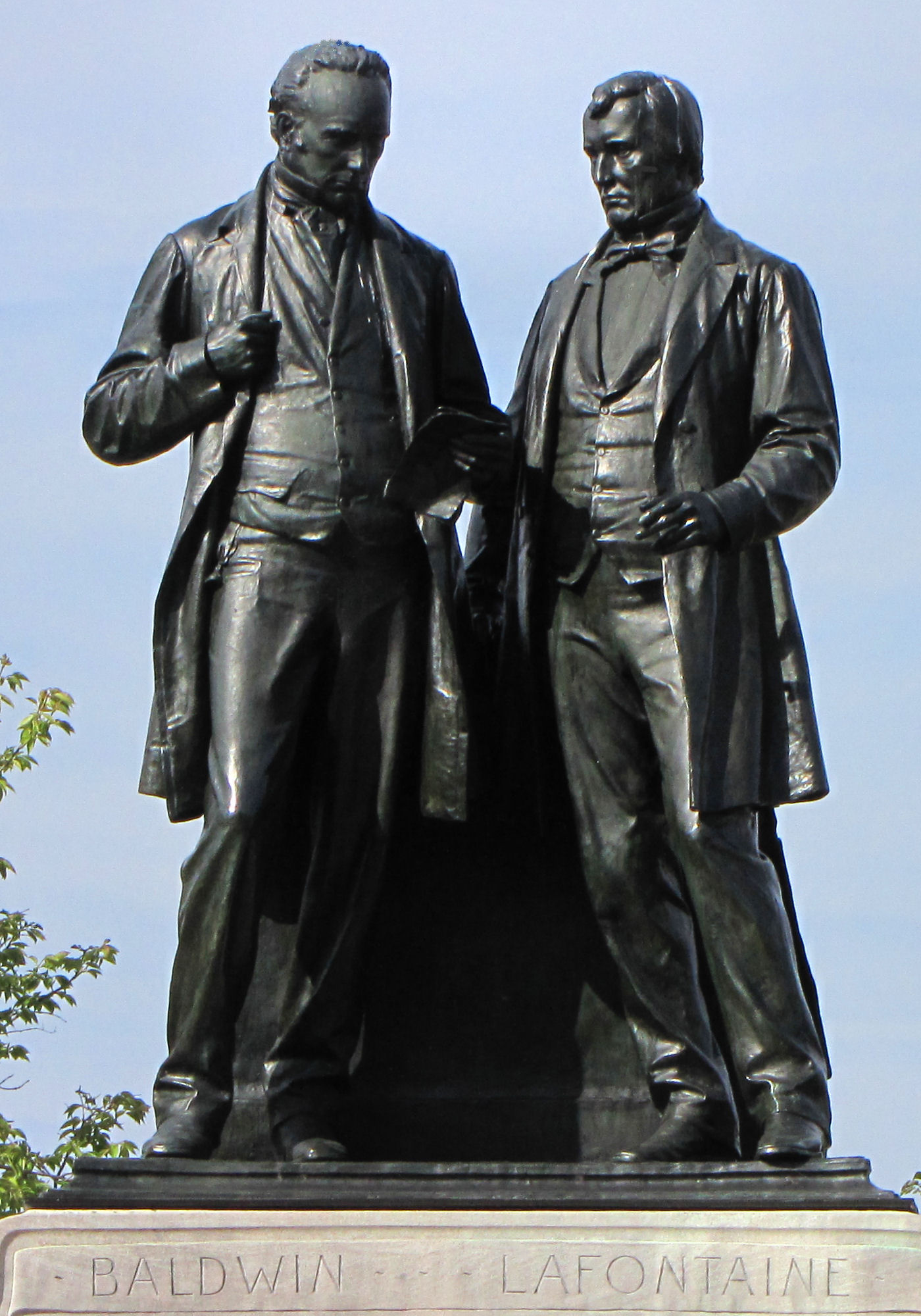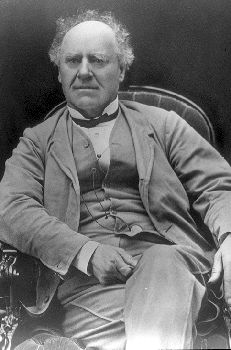Responsible government refers to a government that is responsible to the people. In Canada, responsible government is an executive or Cabinet that depends on the support of an elected assembly, rather than a monarch or their representatives. A responsible government first appeared in Canada in the 1830s. It became an important part of Confederation. It is the method by which Canada achieved independence from Britain without revolution.
This article is a full-length entry about responsible government. For a plain-language summary, please see Responsible Government (Plain-Language Summary).

Representative Government
The origins of democracy in Canada can be traced to the development of representative government. In this form of government, laws are made and taxes are levied by a body that answers to its citizens.
The first elected assembly in what is now Canada was held in Halifax in 1758. (See also: Nova Scotia: The Cradle of Parliamentary Democracy.) Prince Edward Island had an elected assembly in 1773, New Brunswick in 1784 and Newfoundland in 1832. Upper and Lower Canada received assemblies in 1791.
Confidence of Parliament
A responsible government is held accountable by the people, and not by a monarch or their representatives. In Canada, it means a government that answers to the representatives of the people. An executive or Cabinet depends on the votes of a majority in the legislature or Parliament.
Before the arrival of responsible government in North America, colonial governors followed the advice and policies of colonial ministers in Britain. The key principle of a responsible government is that it needs the confidence of Parliament to create laws and taxation. This originated in British practice. Its adoption in British North America (BNA) gave the colonists control of their own affairs. (See also: Constitution Act, 1867.)

SUMMARY
Responsible government refers to a government that is responsible to the people. It takes the form of a Cabinet that depends on the support of an elected assembly, rather than a monarch or their representatives. Responsible government first appeared in Canada in the 1830s. It became an important part of Confederation. It is the method by which Canada achieved independence from Britain without revolution.Before the arrival of responsible government in British North America, colonial governors followed the advice and policies of ministers in Britain. Advocates of responsible government wanted to reduce the power and influence of the small groups of local elites — the Family Compact and the Château Clique — that controlled the colonial governments. Their abuse of power was causing unrest among the colonists.
The key principle of a responsible government is that it needs the confidence of Parliament to create laws and taxation. The introduction of this system in British North America gave the colonists control of their own affairs. Canadians gradually gained control of their own political concerns. They achieved self-direction without revolution.
At first, only a small group of privileged men and property owners could vote for the elected assemblies. The franchise, or right to vote, was expanded slowly. In 1918, women received the right to vote in federal elections. By 1940, all Canadian women had the right to vote provincially. In 1960, Indigenous peoples in Canada won the right to vote in federal elections without giving up their treaty rights.
Democratic Reform
The idea of responsible government in British North America was taken up in the 1830s. It was championed by admirers of the British model. Their goal was to keep the colonies securely within the British empire. They also wanted to reduce the power and influence of the small groups of local elites that controlled the colonial governments. (See also: Family Compact; Château Clique.) Their abuse of power was causing unrest among many of the colonists.
Radical reformers preferred American-style political systems. This included William Lyon Mackenzie in Upper Canada and Louis-Joseph Papineau in Lower Canada. More moderate reformers, such as Joseph Howe in Nova Scotia, Robert Baldwin in Upper Canada and Lord Durham, argued for the British model. They, and later Lord Elgin, believed that an organized party system was vital to good governance. This required leaders to hold elected seats in the legislature and answer directly to it.
Howe in Nova Scotia, along with Baldwin and Louis LaFontaine in the Province of Canada, built strong, moderate reform parties to gain responsible government. It was achieved first in Nova Scotia in January 1848, and later that year in the Province of Canada. It was then granted to PEI (in 1851), New Brunswick (in 1854) and Newfoundland (in 1855). The western provinces developed responsible governments as they were created and joined Canada after Confederation.
This control of government was increased by degrees. Canadians gradually gained control of their own political concerns. They achieved self-direction without revolution.
Suffrage
Originally, only a small group of privileged men and property owners could vote for the elected assemblies. The franchise, or right to vote, was expanded slowly. In 1918, women received the right to vote in federal elections. (See also: Women’s Suffrage in Canada.) It wasn't until 1940 that all Canadian women had the right to vote provincially. In 1960, Indigenous peoples in Canada won the right to vote in federal elections without giving up their treaty rights. (See also: Indigenous Suffrage.)

 Share on Facebook
Share on Facebook Share on X
Share on X Share by Email
Share by Email Share on Google Classroom
Share on Google Classroom


